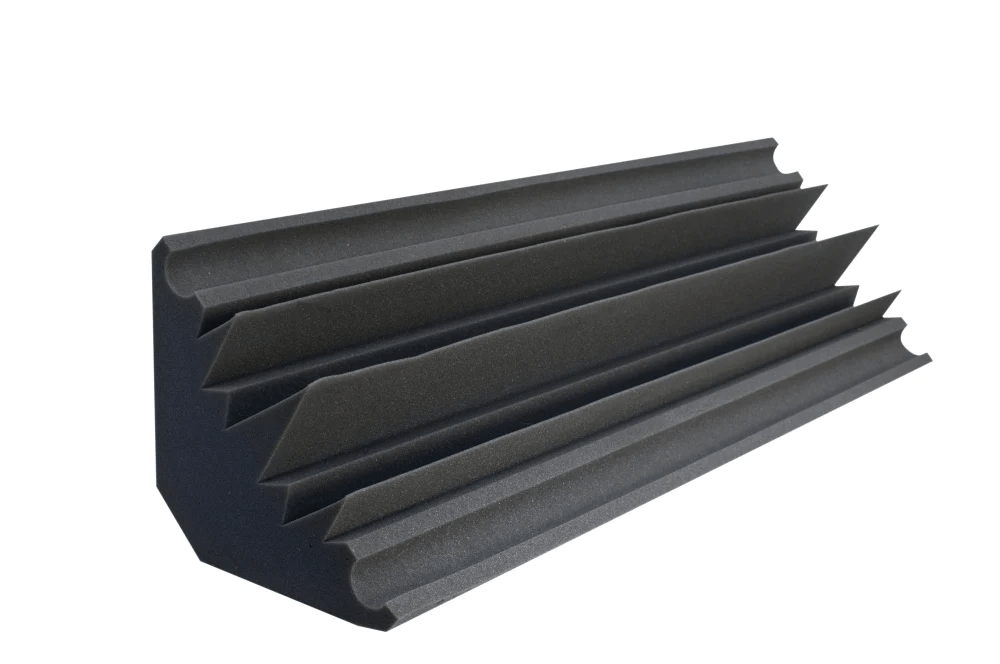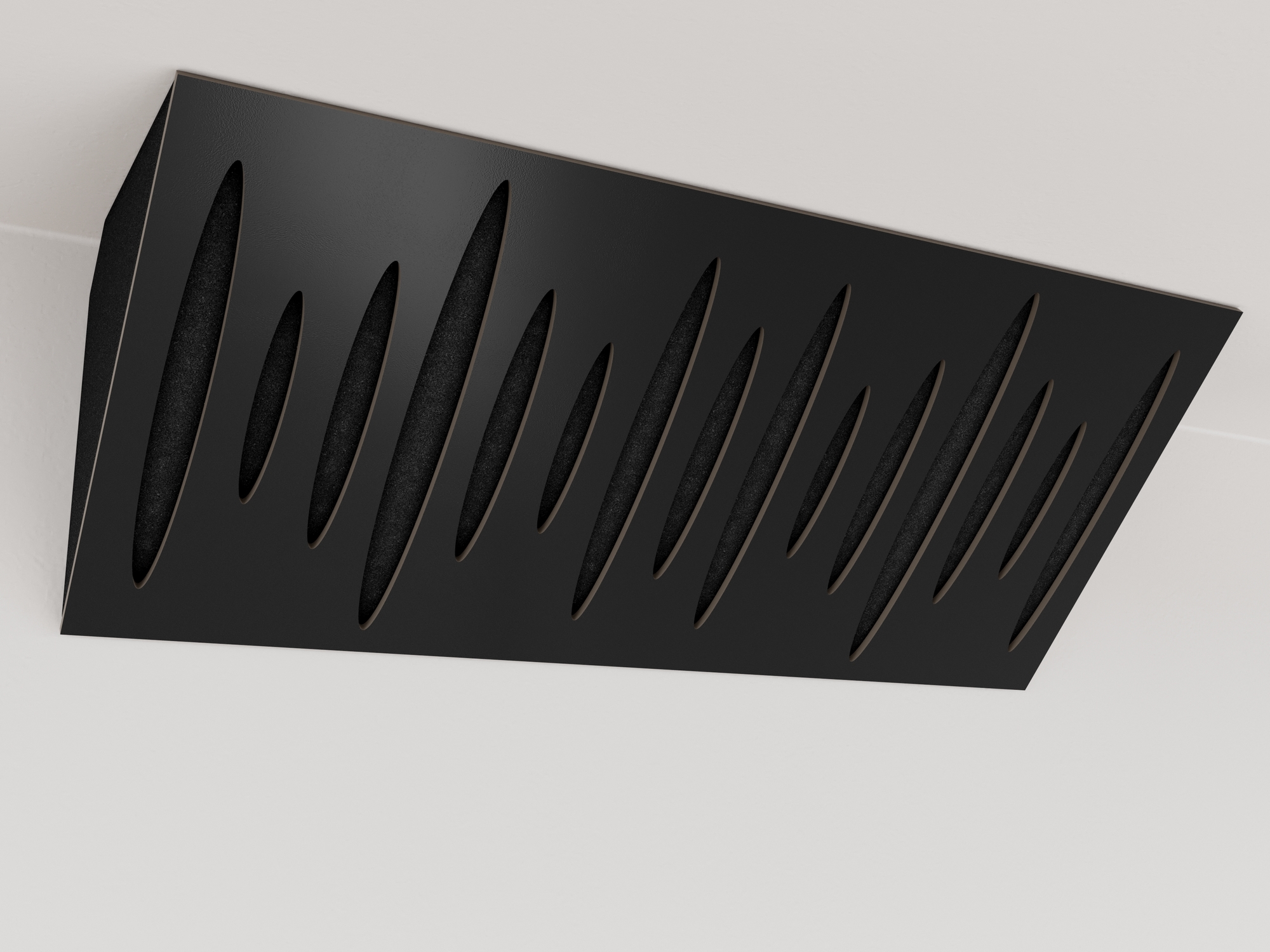Bass Trap – Effective Control of Low-Frequency Sound
A bass trap, also known as a Bass Trap, Low-Frequency Absorber, or Subwoofer Trap, is an acoustic solution designed to manage low-frequency sound waves that can otherwise create unbalanced acoustics and disruptive resonances in a room. Bass sounds have longer wavelengths than higher frequencies, making them more difficult to control and absorb. If not handled correctly, they can cause standing waves, unwanted amplification, and uneven sound reproduction, especially in home theater systems, music studios, conference rooms, and concert halls.
By installing bass traps in strategic locations throughout the room, you can create a more balanced sound image and improve acoustics, which is crucial for a clearer and more defined sound experience.
Why are bass traps necessary?
Low-frequency sounds are difficult to manage because they bounce between the walls of the room and can be amplified by the size and shape of the room. This can create problems such as:
Standing waves
Sound waves that amplify themselves and create uneven sound levels in different parts of the room.
Boomy and undefined sound
Too much bass can make the sound image muddy and unclear.
Unbalanced acoustics
Incorrect handling of low frequencies can affect the clarity and precision of the sound.
Bass traps are designed to absorb and even out these low-frequency sound waves, creating more controlled and natural acoustics.
How does a bass trap work?
Bass traps work by converting sound energy into heat or by breaking up the direction of sound waves, reducing their amplification and unwanted effects. There are several types of bass traps, each designed to handle different types of low-frequency sound problems.
Where should bass traps be placed?
For bass traps to be most effective, they need to be placed where low-frequency sound waves gather and amplify.
Corner placement
Bass sound tends to be amplified in the corners of a room, which means that corner placement provides the best effect.
Behind speakers
Prevents low frequencies from being reflected back and amplified in the room.
Rear walls
Reduces reverberation and makes the sound image more precise and detailed.
Combining corner placement with wall-mounted bass traps can create a more even and balanced sound environment.
Combine bass traps with other acoustic solutions
To create an optimal sound environment, bass traps alone are usually not enough. For best results, combine them with:
Ceiling-mounted sound absorbers
Reduces reverberation and lowers the sound level in large rooms.
Wall-mounted sound absorbers
Reduce reflections from mid-range and high frequencies.
Diffusers
Break up and disperse sound waves for a more natural sound image.
By adapting the acoustic solutions to the size and needs of the room, you can create a balanced sound environment with clear and controlled bass reproduction.
Advantages of using bass traps
Installing bass traps in the right environment can make a big difference to sound quality. Here are some of the main benefits:
Eliminates unwanted resonance
Reduces disruptive standing waves and unbalanced bass.
Improves the sound image
Creates clearer and more defined sound reproduction.
Makes the room more acoustically balanced
Evens out bass levels for a more harmonious sound experience.
Suitable for all types of sound environments
From home theaters and music studios to offices and conference rooms.
With the right bass traps, you get better sound quality and more professional acoustics, whether you are an audio enthusiast, musician, or just want a better sound environment in your home or workplace.
How to use bass traps for the best sound control
Bass traps are an effective acoustic solution for controlling low-frequency sound waves and creating a better sound environment. The most important measures include:
Choosing the right type of bass trap
Resonators for specific frequencies, porous for broad attenuation.
Place them strategically in the room
Especially in corners, behind speakers, and along rear walls.
Combining them with other acoustic solutions
Sound-absorbing panels and diffusers for complete acoustic balance.
Adapt as needed
Bass traps work in home theaters, studios, offices, and public environments.








